Gardening is all about dreaming and seeing pictures in your mind, and then having the patience and energy to turn it into reality. If you dreamt, saw, and did it, the reality will be right in front of your eyes in a glorious October garden.
If you did nothing of the sort, don’t worry, but loosen your brakes! You are going to plant, feed, prune, pick, deadhead, water, harvest and keep an eye on pest and disease attacks.
Eastern Cape
The folk in the Eastern Cape say they did not laze about during winter and their gardens are alive with colour, birds, butterflies and bees. And to top it all, their nurseries abound with flowering plants, including new releases.
Hot tip:
The best time to buy plants, is when they are in seasonal flower, as one tends to forget about them later on, miss out on their best performance, and feel the urge to kick yourself when seeing them in full splendor in your neighbor’s garden. Petrea, Rhaphiolepis, ericas and pincushions which are flowering now, comes to mind.
Must-have perennials, include the old-fashioned Aquilegia (columbines) and new releases such as Petunia ‘African Sunset’ – with mounds of bright orange blooms, Leucanthemum ‘Crazy Daisy’ – a double white shasta daisy, Physostegia ‘Chrystal Peak’ – pure white, compact growing obedience plant and Pentas ‘Northern Lights’ – with large, soft lilac flowers.
For a culinary herb patch, plant and sow: Sweet basil, coriander, thyme, oregano, parsley, dill, fennel, chives, rosemary and lovage. All summer veggies can be sown or planted this month.
Whatever you plant, never skimp on snail and cutworm bait. They come out to feast on seedlings as soon as you have turned your back.
Free State
What else could the ‘plant of the month’ be in this province than the royal rose? But, roses keep a gardener on his/her toes. They are hungry feeders and should be fertilised regularly. To produce those beautiful blooms they also need to drink deeply – water the plants very well, at least twice or three times a week. Control aphids with a systemic drench at soil level and apply an organic mulch around each bush.
Hot tip:
Plant new trees now to establish well during summer. Favorites are Liquidambar styracifloa (amber tree) for its beautiful autumn colours and Combretum erythrophyllum (river bush willow) which are equally graceful.
Go for big and bold colour with the many ranges of New Guinee impatiens! They are large plants (20 – 25 cm), and could be spaced further apart than ordinary Impatiens walleriana. Although shade-loving, they can handle more sun, provided their roots are kept moist.
As green peppers and tomatoes are long season vegetables, plant the seedlings no later than October. They require sun, compost and protection from birds with bird netting.
Do companion planting in the form of low hedges to protect other plants. Suggestions are: Dwarf marigolds, wild garlic (Tulbachia), lavender and rosemary – they will attract the good ‘bugs’, repel the bad bugs and add lots of colour too.
Gauteng
Picking the lovely garden roses can be done at any time of day, as long as they go straight into a bucket of cold water. Do not pick more than 50% of the long-stemmed blooms on any one plant at a time, as a big loss of leaves can cause root shock which sets back growth. Rather pick again as more flowers are produced.
Enjoy the last flowers of clivias. If they need to be lifted and divided, do it after the flowering phase at the end of the month.
Buy tall annuals like aquilegia, campanula, delphinium and digitalis in colour bags to fill up bare spots in mixed beds. Border flower beds spectacularly with Carex hachijoensis ‘Evergold’ a clump-forming ornamental grass with narrow yellow and white, green-edged leaves.
Hot tip:
Petunias are insanely popular as a summer bedding plants, but can it be planted in the same place every season? The answer is no! It is better to rotate certain annuals to prevent the build up of dominating pests or soil pathogens.
If you need a new lawn, sod it with instant lawn sods, but do not take short cuts with soil preparation. Dig the area over to remove all weeds and stones. Add copious amounts of compost and bone meal and rake smooth and level. Water the soil lightly before laying the sods tightly together, filling any cracks with fine compost or commercial lawn dressing.
Try out different chilli varieties – always fun to grow! Plant all the mints for cooling summer cordials. As mints are invasive, rather plant them in pots. You can sink them pot and all, into the soil as the mint will not mind being kept prisoner.
Limpopo
Plant agapanthus for summer colour – check out some new releases, but also try out those with variegated foliage like ‘Blue Zebra’ and ‘Summer gold’.
Agapanthus trouble-shooting:
If they do not flower as they should, the shade is too deep, bring them into more light! They are water wise, but definitely not ‘plant camels’. Water them frequently and deeply. Lush leaves only, is an indication of a lack of potassium which is necessary to set flower buds. Feed your plants now with a fertiliser like 3:1:5, Vigarosa or Rapid Raiser.
Planning a new hedge? – plant Freylinia tropica, Carissa macrocarpa (Big Num-num) or Buddleja saligna (False olive).
General gardening management includes regular watering – early morning or late afternoon. Trimming azaleas to encourage new growth for next years blooms and also fertilising your cycads and cycas’s with an organic fertiliser.
Keep a look out for lawn caterpillars and mole crickets, they will start being active from now until February.
Keep on feeding your hydrangeas to get them in top form for the Christmas season. While thinking about the holidays, you might as well start thinking about traditional flower colour in the garden too – what better than red salvias, snowy lobularia (alyssum) and fire engine red begonias.
Kwa-Zulu Natal
Turn compost heaps and remove any material that has decomposed sufficiently to be used in the garden. Make sure that all drains and gutters are clear and ready for the rainy season. Spray weeds on driveways and in paving on a dry, sunny day with no wind. Check the entire garden for pests and diseases as temperatures increase, to combat them before they get out of hand. Prune back spring flowering jasmine severely to prevent it from becoming a nuisance.
Mow lawns frequently and fertilise monthly with a lawn feed high in nitrogen. A popular choice is 7:1:3, Vigarosa or Blade Runner. Spot treat persistent weeds with a selective herbicide.
For never-ending summer colour, plant up pots and window boxes with Impatiens (the New Guinea type) and begonias. Sow sunflower and zinnia seeds to enjoy pretty cut flowers.
Apply a dressing of fertiliser to potatoes. Sow root vegetables like carrots and turnips, and follow up with sowings of more beans, maize and pumpkin. Control weed growth and stake young runner bean plants.
Western Cape
Do not mow your lawn for a week prior and a week after spraying it with herbicides. This might irritate you, but it will give the herbicide the best chance to deal with the abundance of pesky weeds which sprouted during winter.
Start mulching your garden, leaving no bare earth uncovered – this will help the garden cope with high temperatures and hot summer winds to come. Watch out for red spider mite on roses, fuchsias and Azaleas.
Now that waterblommetjies are starting to go dormant in ponds, try something grassy around the edge and in the water. Go for tufty Juncus effusus, a perennial grass- or reed-like plant which loves growing in streambeds and marshes.
For colour all summer, plant pelargoniums! These beauties like plenty of light, well drained soil, water when the soil feels dry and good air circulation. Feed them every two weeks with a water soluble fertiliser – they are very tough, but very hungry plants!
Spray your apple and pear trees towards the end of the month for coddling moth. Keep on watering citrus trees regularly and deeply.
Cucumbers are quick growers and ready for harvesting in only 2 months. They can be planted in the garden or in pots as they grow upwards and do not take up much space. Ensure that soil is well composted and kept moist.
Fine Mediterranean herbs to grow are Rosmarinus ‘Tuscan Blue’ with its lovely sky blue flowers and long stems (which can be used as fragrant skewers for sosaties), Santolina chamaecyparissus (cotton lavender) with aromatic, lemony smelling, grey foliage and mustard yellow pompom flowers.
For more information on bringing life to your garden, visit the Life is a Garden website or join the conversation on their Facebook page.


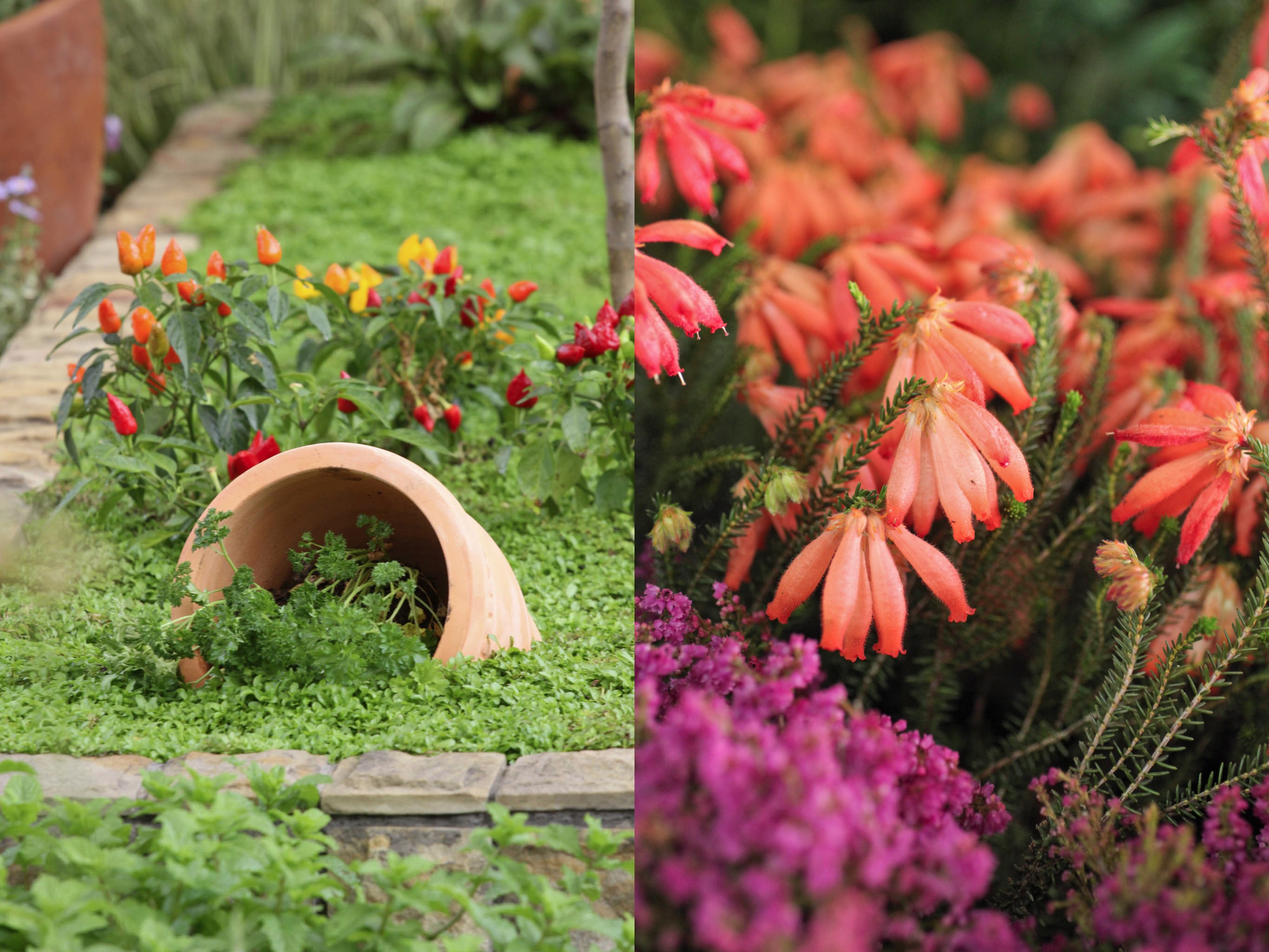




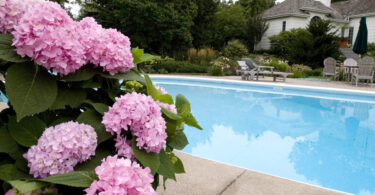
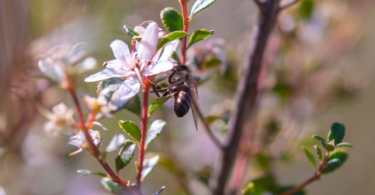
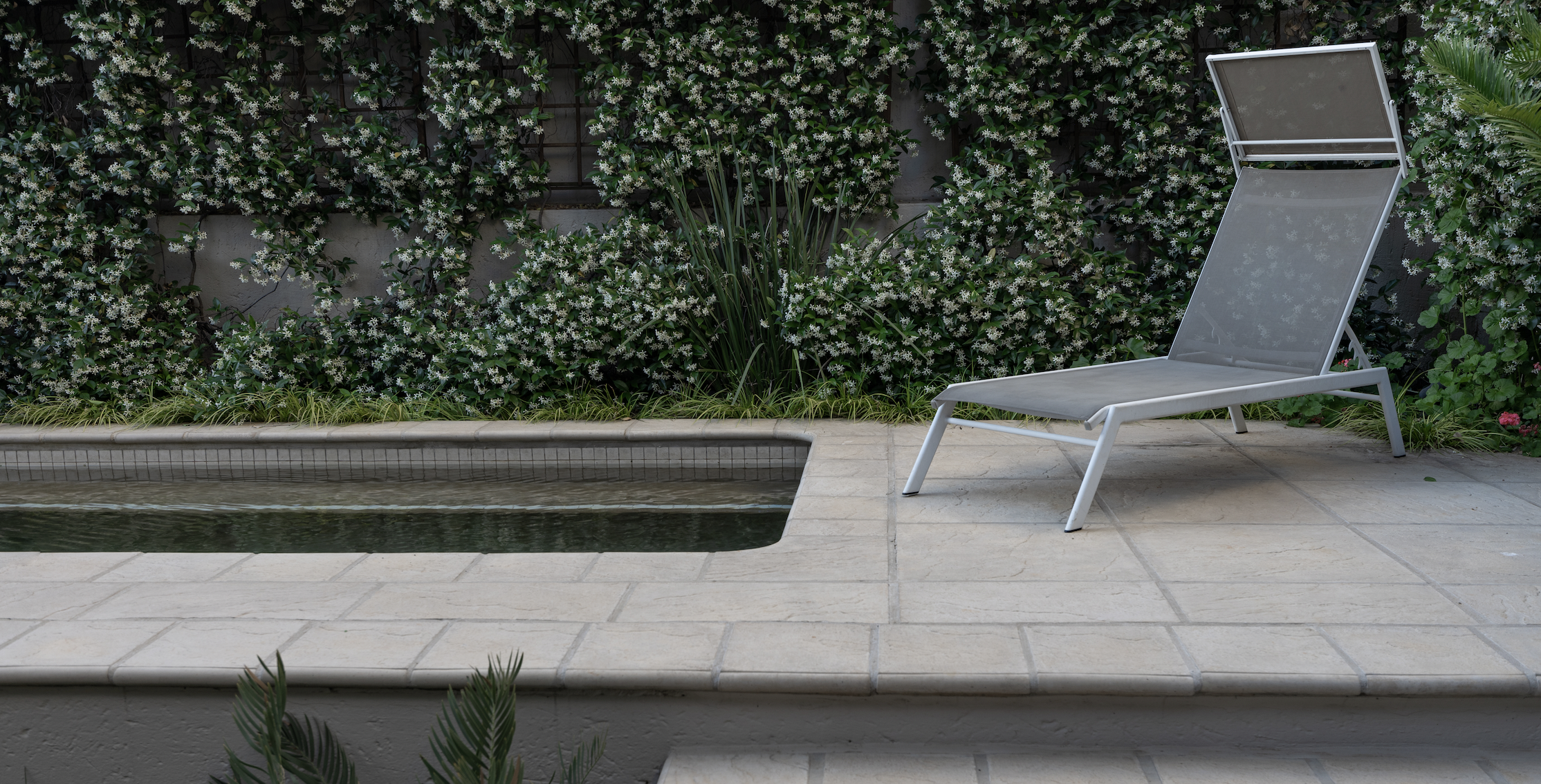

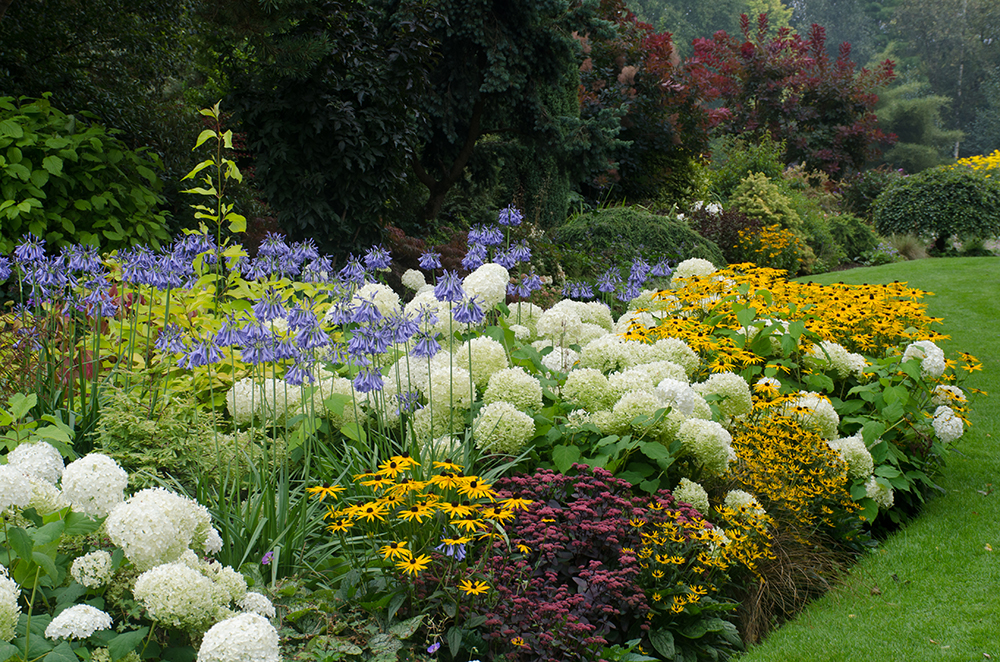
Leave a Comment